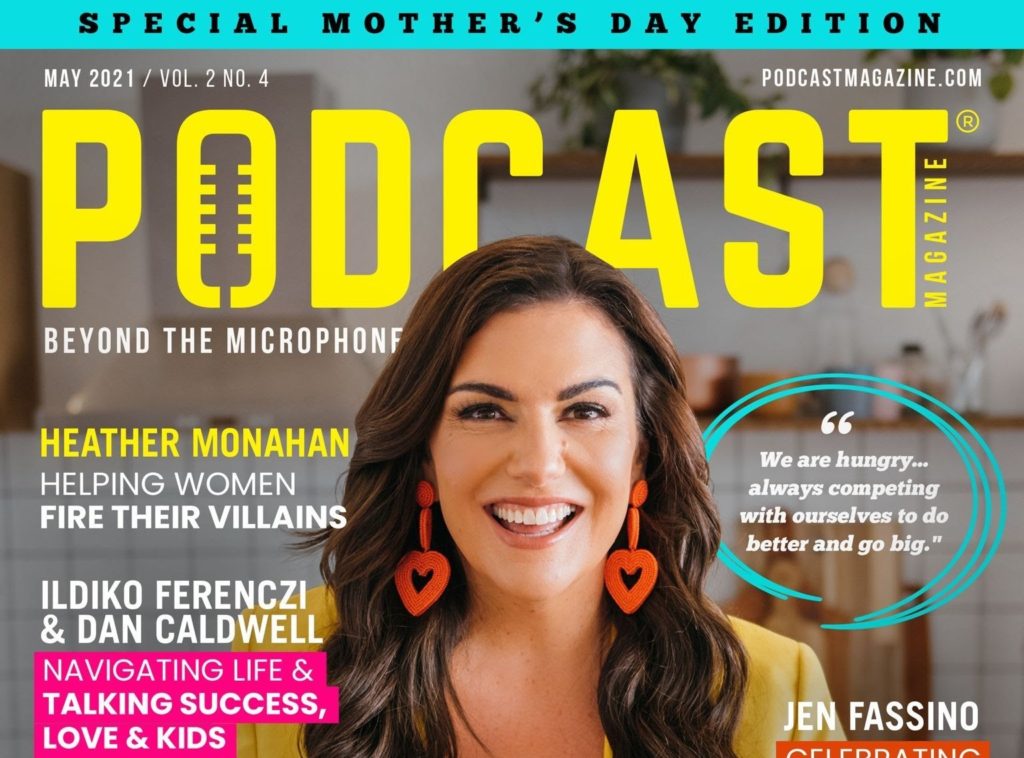Last week, one of my Accelerator students asked for my response to this article entitled Why I Stopped Donating To Your Organization. She asked for my thoughts and, of course, I have many.
So, Nitiya Walker, this one’s for you.
Let me start by saying that I agree with 80% of this article and want to quibble with 20% of it.
Let’s start with the quibbling.
I had to re-read this in order to filter through my emotional reaction. There’s quite a lot here that is presumptuous about the capacity of organizations. For example, the author points to a lack of communication from an organization after they received a gift from Mackenzie Scott along with other instances of requested information. While I agree that this is not great from a donor stewardship standpoint, there is a failure to recognize that most nonprofits are understaffed and overwhelmed.
Could the lack of communication be related to limited staff capacity as opposed to neglect on the organization’s part? Could it be that an email went to spam instead of a staffer’s inbox? Do you think that an organization might be overwhelmed by the size of a Mackenzie Scott gift such that they might be working through a very long to-do list of how to process such a gift?
In other words, donors, let’s start from the place of assuming that an organization is not intentionally trying to ignore you.
Second point: he notes that nonprofits should, “Focus on many gifts instead of, or in addition to, the megagifts.” He points to political causes as an example of grassroots fundraising efforts. Here’s the difference: political causes and candidates have a warchest of money to spend on ads and a national platform. Your average local nonprofit has nowhere near the resources. In order to make a small dollar grassroots effort worthwhile, you need to focus on volume which entails a tremendous effort in terms of marketing, social media engagement and a paid ad strategy. From an ROI standpoint, it’s beneficial to go deep, not broad with your base of major supporters. As Kevin Kelly writes, you’re looking for your 1000 true fans. For more on how to do this, consider enrolling in my Fundraising Accelerator.
Onto three major takeaways I agree with.
It’s a long game. Often, people will give a small gift as a tester to see what you will do with it. Whether someone gives $5 or $5,000, there should be a process in place to acknowledge a gift accurately (tech automations are key here) but to also do things that don’t scale like personal thank you notes. Your mother was right on this point. Over time, if you build trust with your donors, they will be part of your community and could be major givers or remember you in their wills. We’re not in this for hit-it-and-quit-it fundraising. We should be serial monogamists.
Tell people what you did with their money. This is so simple, but we don’t do it. In essence, fundraising is an exercise in delayed gratification. When I buy something on Amazon, it’s on my doorstep in a day. When I donate, I want some change to happen in the world. If you never tell me what change happened because of my money, it’s like Amazon saying they shipped the product and it never arrives though I keep checking my mailbox and asking my neighbors if they’ve seen it. It makes me feel like I got ripped off, especially if I call customer service and I get no response. No bueno.
Limit or find alternatives to galas. Ah, galas. Damned if you do, damned if you don’t. When I was an ED, I started galas as a way to raise money and to bring in new supporters. I daresay that it’s grown into its own beast. Often galas become a huge timesuck and yet we can’t jump off that gravy train because it starts to bring in significant chunks of our annual revenue. In short, I created a monster. However, there are alternatives to galas for donor cultivation and stewardship such as Jeffersonian dinners. This does not necessarily include having a hotdog cookout for donors to mingle with staff and clients though, Theodore. What is not obvious to donors is how staff carefully orchestrates donor/client interactions in order to ensure that our clients are not harmed by well-meaning but clueless donors.
Final takeaways here: Create simple procedures and processes to handle incoming donor communications, ensure you have communications scheduled with consistent touchpoints with all of your constituents and ask yourself how you make your donors feel special.
Bottom line: declining donor rates are due to a lack of trust and care, not from a lack of resources.
Articles

MAY 10, 2021
Celebrating the top moms of podcasting and shining the spotlight on these amazing women

December 21, 2020

JULY 03, 2020
19 female entrepreneurs and business owners share the silver linings that are helping them through the pandemic in Business Insider

SEPTEMBER 21, 2017
Jeffersonian Dinners: Using Food and Conversation to Draw in Donors in Chronicle of Philanthropy

AUGUST 2, 2017

MAY 23, 2017

MARCH 9, 2017



